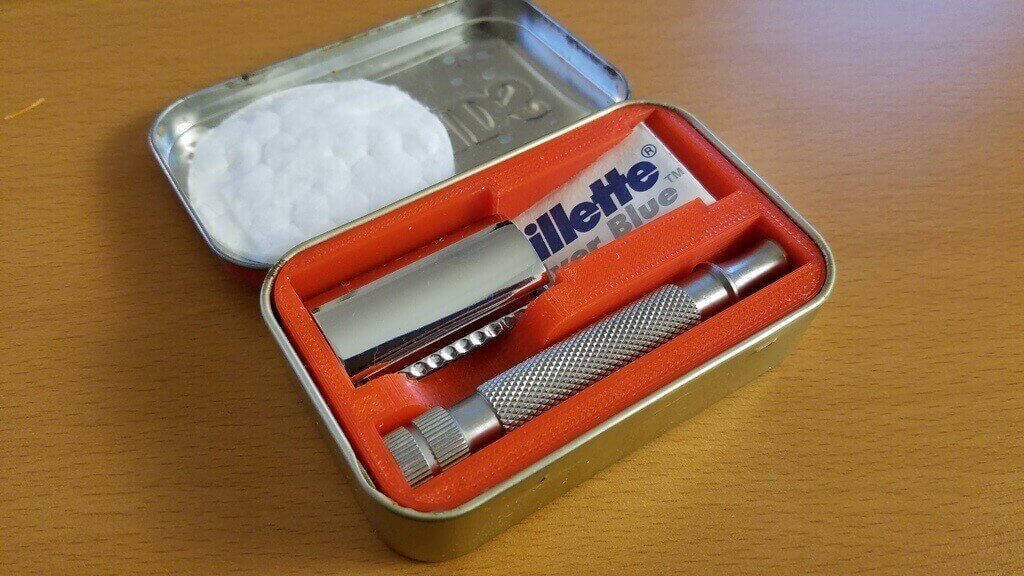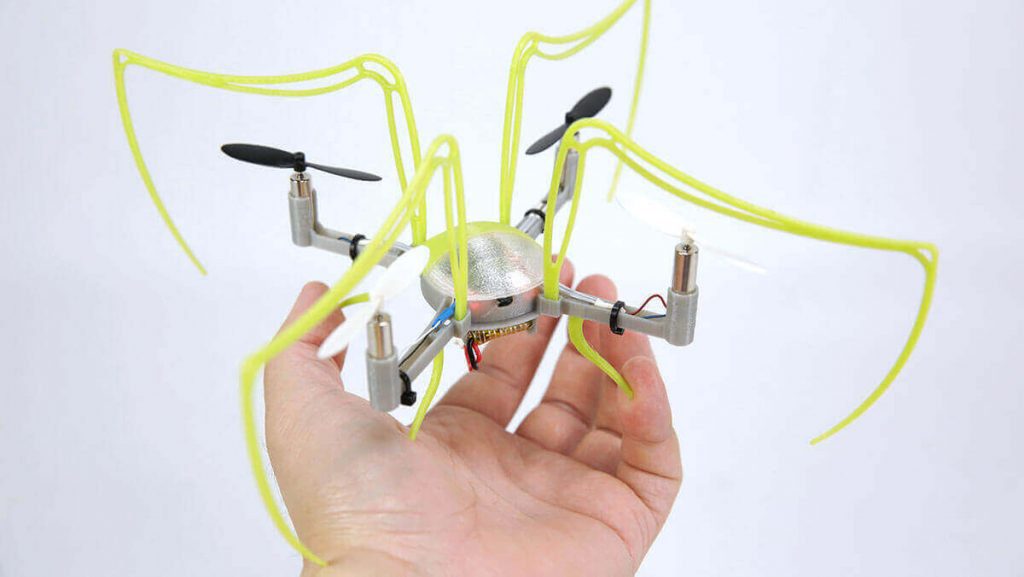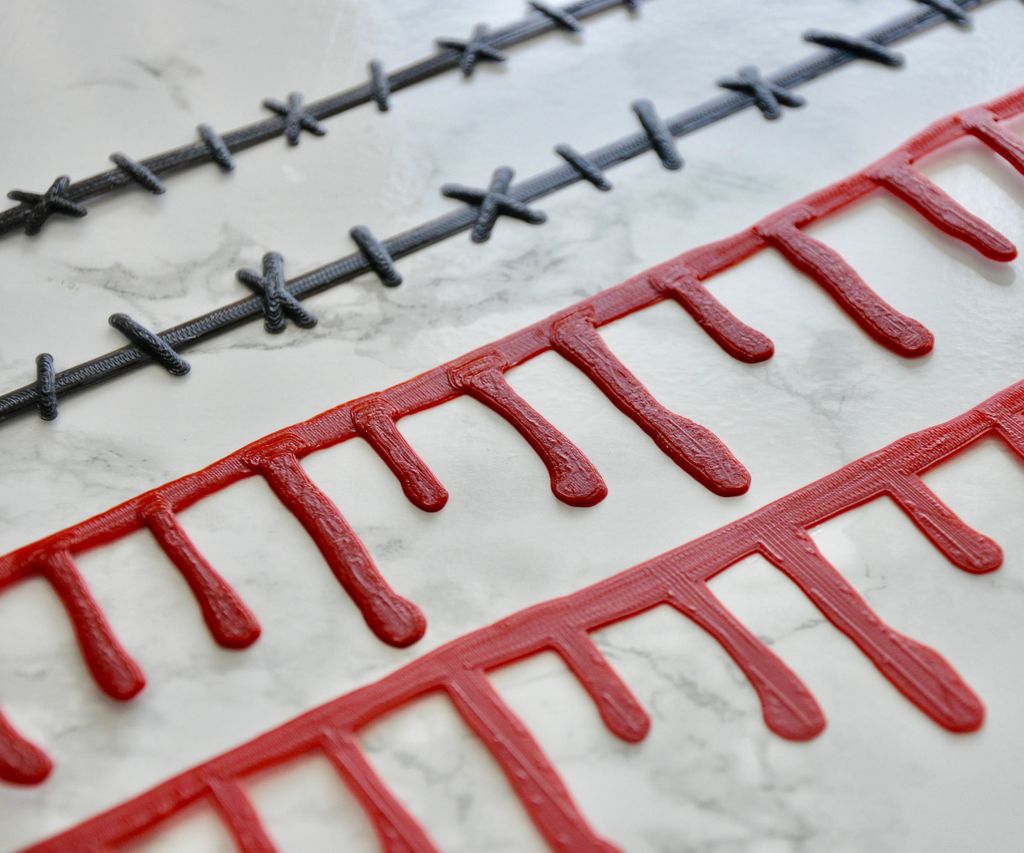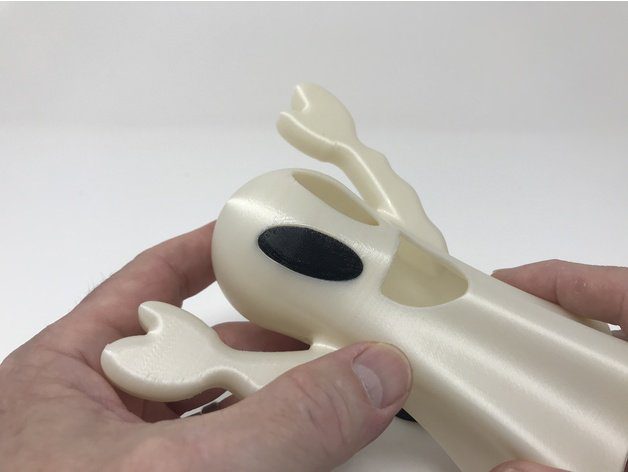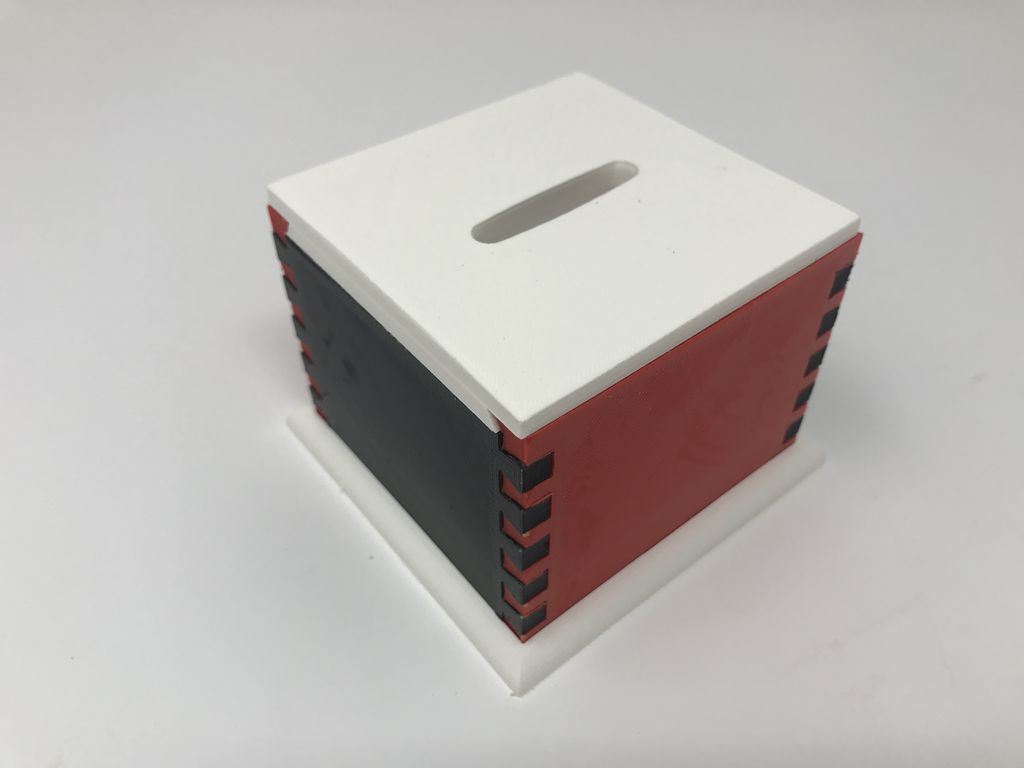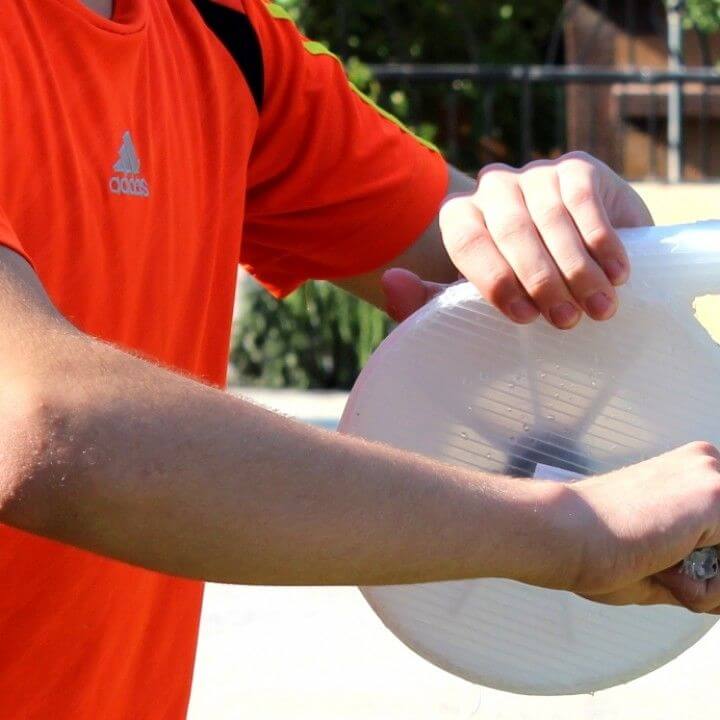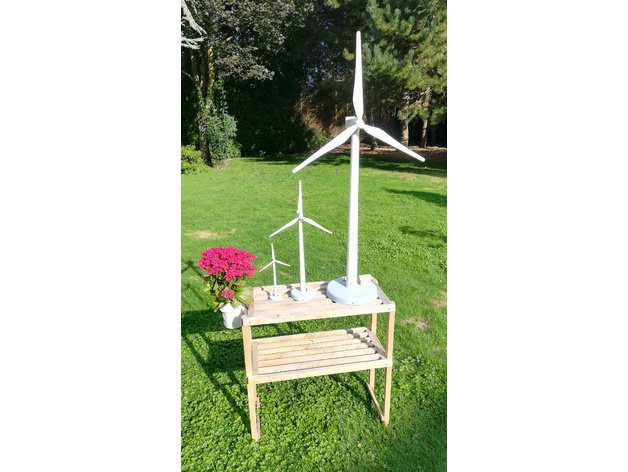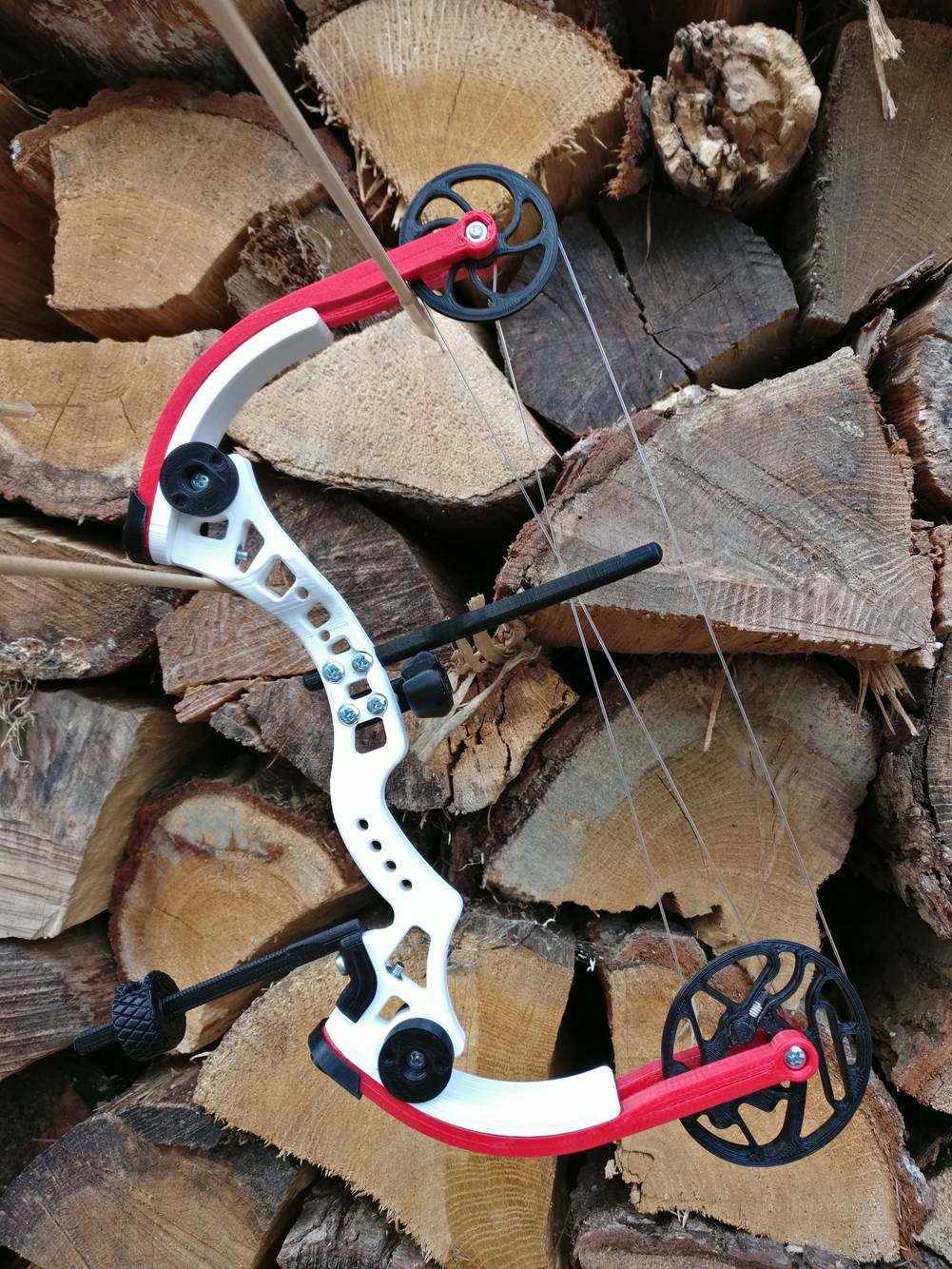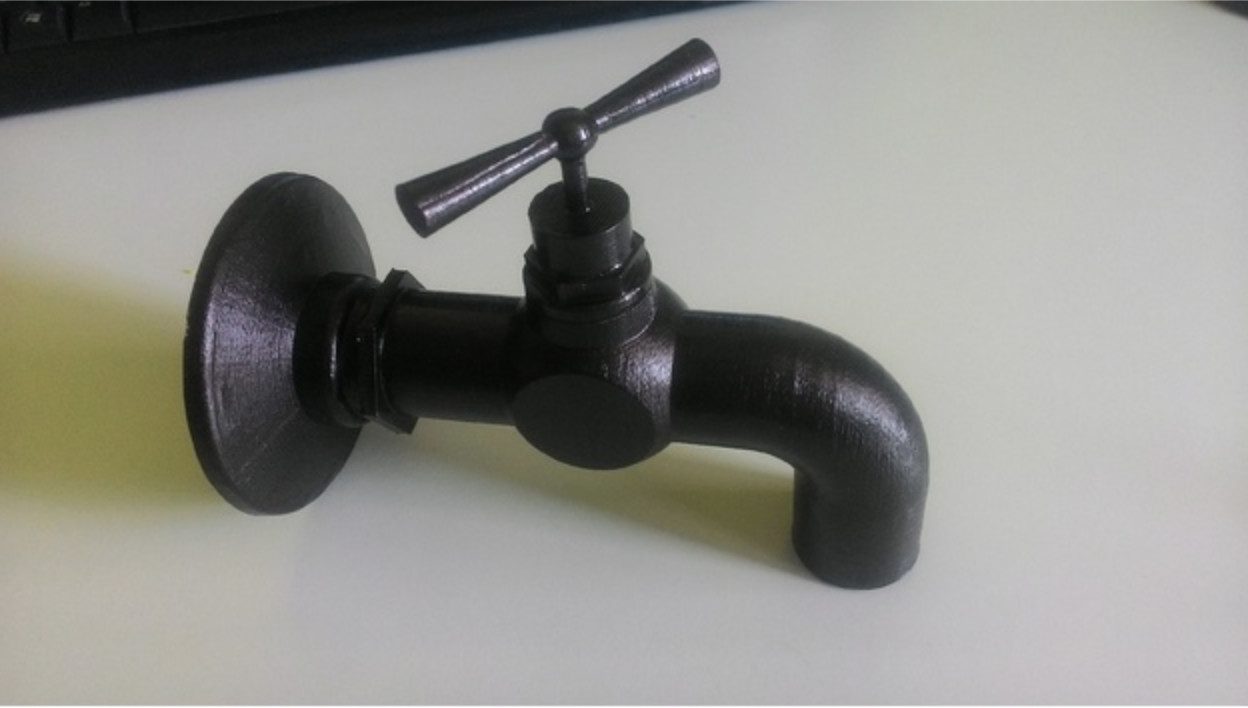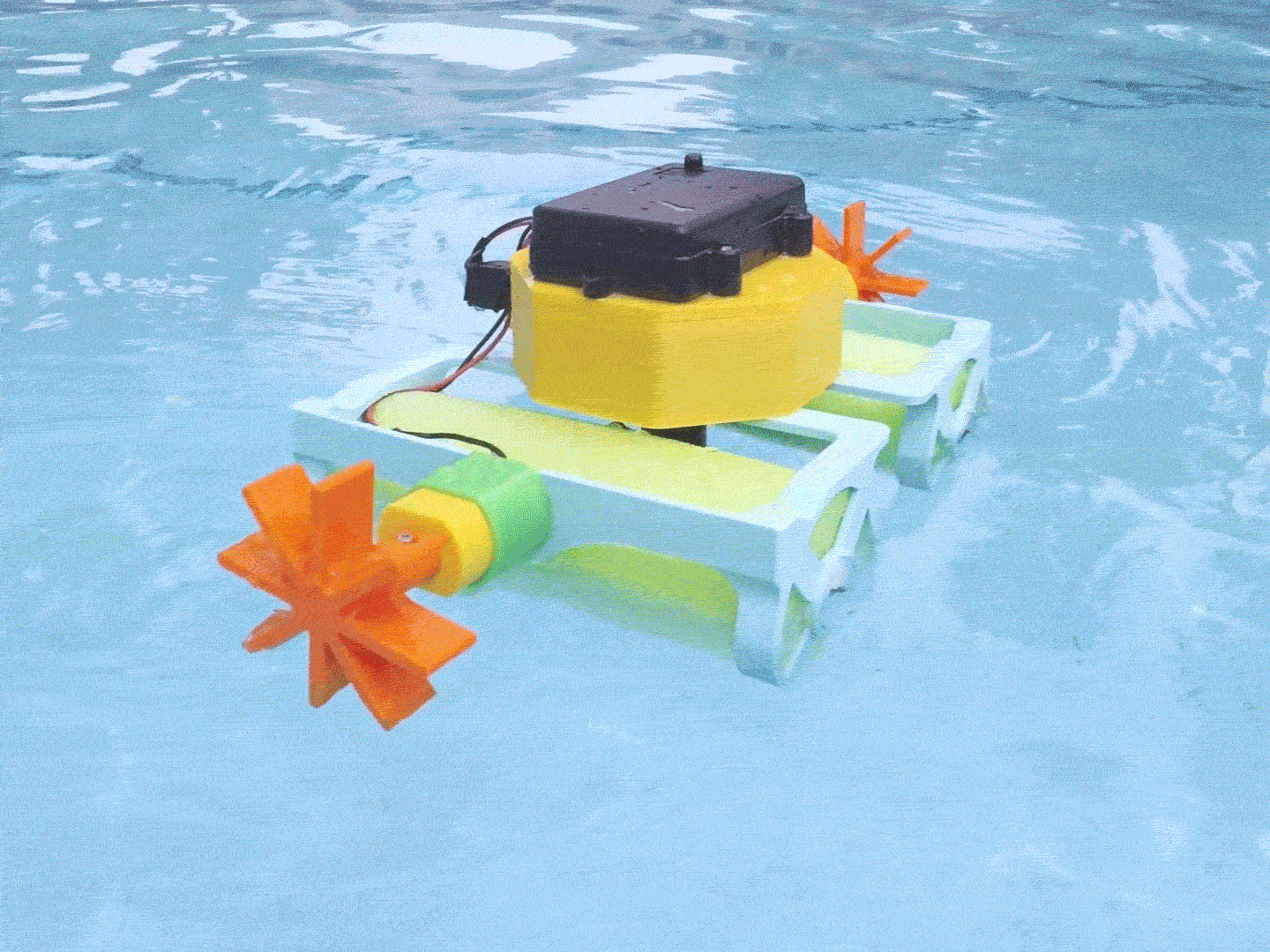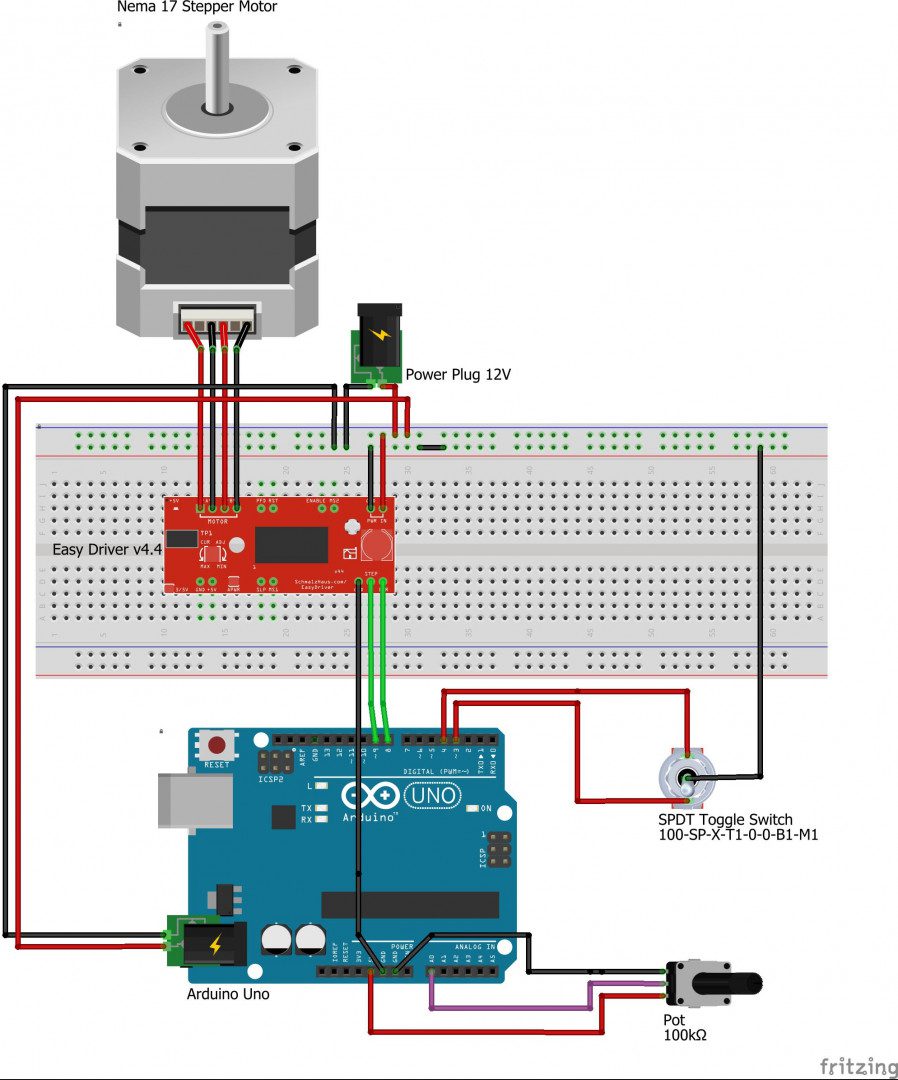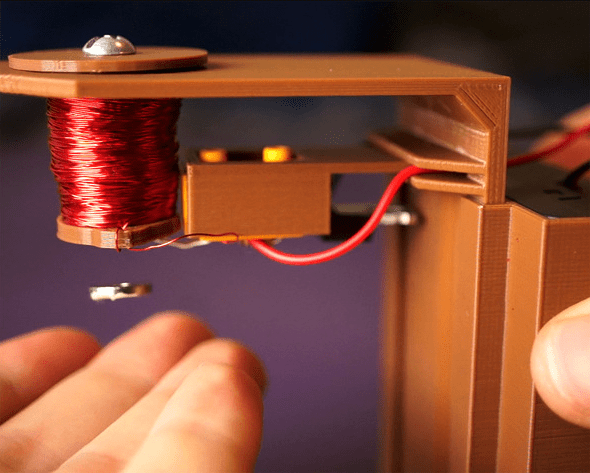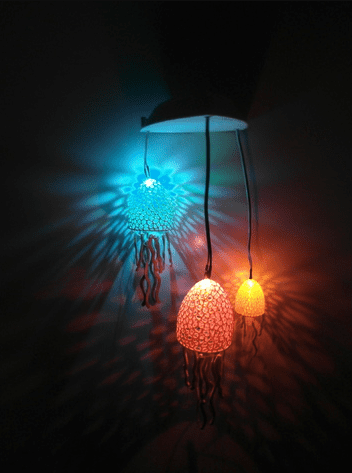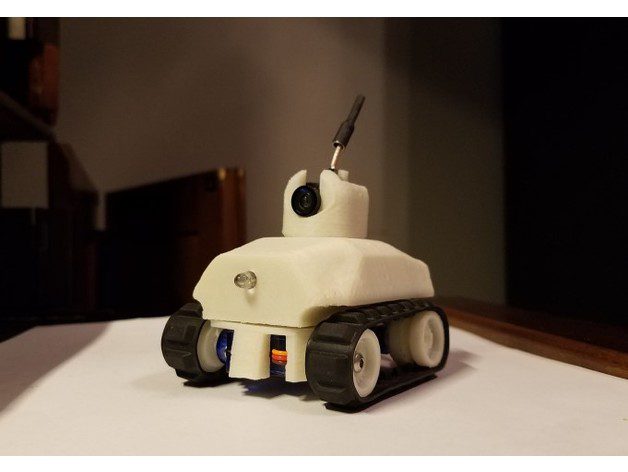Schlagwort: 3D Printable Files & 3D Models
-

12 Refreshing Altoids Tin Projects to 3D Print
Reading Time: 5 minutesWith these excellent Altoids tin projects, you can upcycle the metal case after you’ve finished chewing over the curiously strong mints. The Altoids tin is more than just an iconic receptacle for strong mints, it’s also an astonishingly versatile little beast. Makers have hacked its metallic frame into a million and one…
-

12 Refreshing Altoids Tin Projects to 3D Print
Reading Time: 5 minutesWith these excellent Altoids tin projects, you can upcycle the metal case after you’ve finished chewing over the curiously strong mints. The Altoids tin is more than just an iconic receptacle for strong mints, it’s also an astonishingly versatile little beast. Makers have hacked its metallic frame into a million and one…
-

3D Printed Drone Parts – All You Need to Know in 2019
Reading Time: 8 minutesCheck out 2019 guide to 3D printed drones with resources, materials, and ideas. In fact, all you need to start 3D printing your own drone parts. While it’s not yet common to fabricate electrical components like motors, sensors or even electronics – but watch this space – it’s entirely possible to 3D…
-

20 Romantic Things to 3D Print for Valentine’s Day
Reading Time: 9 minutesIf you’ve neglected to remember the fact that it is soon to be Valentine’s day; don’t fret as there is still time to whip up something on your 3D printer which should suffice as a gift. Below are some of the most romantic prints for you to choose from which are free…
-

Weekend Project: 3D Print a Bloody or Stitched Neck for Your Halloween Costume
Reading Time: 4 minutesAdd some fright to your spine-chilling costume with this collection of Halloween-themed 3D printed jewelry, which includes a stitched neck and dripping bloody neck. Do you need to add some extra dread to your undead aesthetic? One Instructables user who goes by the name of Penolopy Bulnick has recently shared a collection…
-

Weekend Project: 3D Print a Creepy-Crawling Halloween Pumpkin Spider Transformer
Reading Time: 3 minutesNeed to prepare decorations for Halloween? We’ve got you covered with this spooky 3D printed Pumpkin Spider Transformer designed by William Bruning. The spookiest day of the year is just weeks away… Why buy your decorations when you can make them on your 3D printer? To get you prepared for the ghouls,…
-

Weekend Project: Tell Scary Tales Over This 3D Printed Tea Light Ghost
Reading Time: 3 minutesWant to make your Halloween decorations more cheerful this year? This 3D printed Tea Light Ghost will make a happy addition to your seasonal adornments, greeting all of the trick-or-treaters with a smile. Halloween is a time for haunted houses, elaborate costumes and frightening amounts of candy, but not every decoration has to…
-

Weekend Project: Stay Hydrated with a 3D Printed Drinks Tap
Reading Time: 4 minutesWant to bring the convenience of a soda fountain machine into your own home? Take a refreshing sip from the 3D printed Drinks Tap created by That Robot Guy. There are few things in the restaurant world that are as enticing as a free refill, just one more glass of your beloved soft…
-

Weekend Project: Stash Your Cash in this 3D Printed Secret Coin Bank
Reading Time: 3 minutesMaker Greg Zumwalt is back on Instructables with another 3D printed coin bank. His latest creation is the Simple Secret Box II, a fully 3D printed coin bank with a secret locking mechanism. Searching for a fun way to teach his grandchildren the valuable lesson of saving money, maker Greg Zumwalt decided…
-

Weekend Project: Crank Out the Fun with This 3D Printed Manivelle Water Gun
Reading Time: 3 minutesThe summer might be coming to a close, but that doesn’t mean you can’t soak your friends and family in a water fight. Spray the day away with this 3D printed Manivelle Water Gun designed by maker Hassan Nasser. Many of us can recall our fond summer memories of neighborhood water fights, from…
-

Weekend Project: 3D Print Your Own Wind Turbine Model
Reading Time: 3 minutesWant to teach your kids about the power of renewable energy? Or just want to build your own wind turbine replica? Then check out this 3D printed wind turbine model created by maker Luc Tellier. If you’ve ever driven past a batch of towering wind turbines on a rural road, you know just…
-

Weekend Project: 3D Print a Mini Steering Wheel for Your Xbox One or PS4 Controller
Reading Time: 3 minutesWant to make your video gaming experience even more realistic? New York-based designer Brent Scott has created a 3D printable mini steering wheel that you can mount onto your Xbox One or PlayStation 4 controller. As the video game graphics slowly become on par with our own reality, they create an immersive experience…
-

Weekend Project: Get Groovy with 3D Printed LED Magic Mushrooms
Reading Time: 3 minutesTurn your home into a magical forest of fungi with the 3D printed Magic Mushroom lighting decoration –created by German designer UniversalMaker. One spectacular aspect of 3D printing is that it provides the ability to expand your imagination beyond the everyday world, no matter how fantastical your idea might be. On today’s…
-

Weekend Project: Take Aim With a 3D Printed Miniature Compound Bow
Reading Time: 3 minutesLooking for an affordable and fun project to round out the summer with? Why not practice your archery skills with a fully 3D printed miniature compound bow. While the world has been expressing an immense amount of concern over the potential rise of 3D printed guns, it’s easy to lose sight of all…
-

Weekend Project: Make a Customized Map Clock to Celebrate Timeless Memories
Reading Time: 3 minutesRecently shared on the r/3DPrinting subreddit, one maker created an endearing anniversary gift for his girlfriend. This 3D printed clock has a custom 3D map as the face, showcasing the exact area where they first met. You make your own too! Every relationship is special in its own way, and 3D printing…
-

Weekend Project: Amaze Your Friends with a 3D Printed Magic Faucet
Reading Time: 3 minutesA floating faucet? Sounds interesting, doesn’t it? This 3D printed Magic Faucet is a wonderful project for those who love optical illusions. It’s relatively easy to make and simply amazing to look at. In our never-ending endeavor to provide users with fun and useful projects to take on during the weekend, we’ve…
-

Weekend Project: Have a Pool Party with this 3D Printed Cricket Paddle Wheel Boat
Reading Time: 4 minutesThe Ruiz Brothers of Adafruit are at it again with another fascinating 3D printing project: the 3D printed Crickit Paddle Wheel Boat. This water rover even has an underwater camera mount, so you can capture footage at your end of the summer pool party! As we enter into the final stretch of…
-

Weekend Project: Get Scientific with this 3D Printed Open Source Laboratory Rocker
Reading Time: 3 minutesNeed some affordable scientific equipment to experiment and make a breakthrough discovery? This 3D printed open source laboratory rocker is a terrific tool for biological and molecular mixing applications. In the scientific setting, a laboratory rocker is used as a mixing device for various biological and molecular applications. It consists of a tray…
-

Weekend Project: Make a Summer Splash with this 3D Printed WiFi Paddle Boat
Reading Time: 4 minutesSummertime is here, and what better way to spend it then by lounging outside by a refreshing body of water. Take your enjoyment of the outdoors a step further by becoming the captain of your own 3D printed WiFi Paddle Boat, designed by Greg Zumwalt. When the heat of the summer hits,…
-

Weekend Project: 3D Print Your Own Magnetic Levitation Device!
Reading Time: 3 minutesInstructables user and designer 3DSage has unveiled an amazing 3D printed Levitation Device that you can make at home. It’s a crazy contraption that uses a magnet to make objects float before your very eyes! For many of us, childhood was marked by amazement when we witnessed our favorite superhero defy the…
-

Weekend Project: 3D Print These Seaworthy Voronoi Jellyfish Lights
Reading Time: 3 minutesGive your home an aquatic feel with these incredible 3D printed DIY Voronoi Jellyfish lights created by German maker and Thingiverse user UniversalMaker3D. Who needs IKEA when you have your very own 3D printer? Okay, well sometimes it’s nice to buy some new furnishings and chow down on those Swedish meatballs, but…
-

Weekend Project: 3D Print a Servo-Driven Tiny FPV Tank (with a Camera!)
Reading Time: 3 minutesRoll through the upcoming workweek in a servo-driven 3D printed Tiny FPV Tank. This RC model comes equipped with a camera, LEDs, and uses Lego threads to roll around. Spearheaded by projects like OpenRC, the team here at All3DP definitely noticed an increase of interest in using 3D printing to create remote-controlled…
